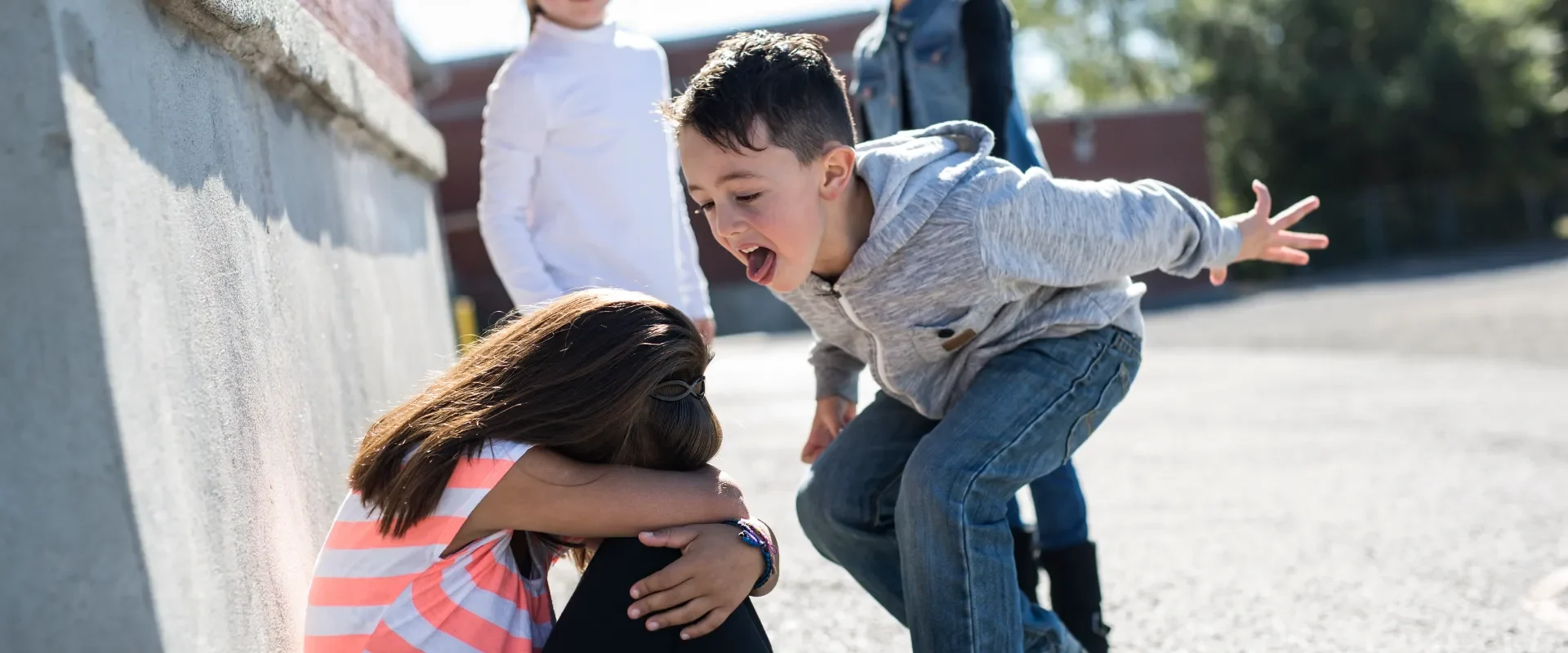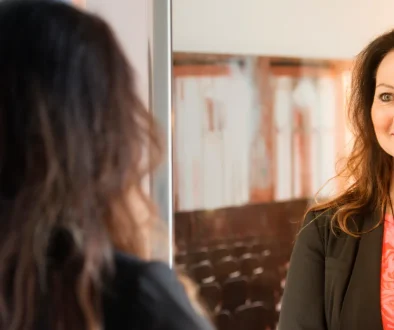Every day, 1.5 million children aged 10-15 in the UK suffer from verbal bullying. The consequences are severe, suicide rates are rising due to both online and offline abuse. With group bullying and disengaged parents, prevention is becoming harder.
So, the big question is: how do we stop it?
We must stop bullying at all costs and raise awareness now. If we don’t, children will grow up with low self-confidence, unable to believe in themselves or pursue their goals—even simple ones. The emotional scars can lead to long-term mental health problems like anxiety and depression.
Snitches Get Stitches? Unpacking the Street Code
The most common advice is to “tell a teacher” or “talk to someone.” But this doesn’t always help, sometimes it makes it worse, especially when:
- The bully is in the popular group
- There’s more than one bully
- The bully pretends to be your friend
- The teacher ignores it
- The bully’s parents don’t care
If the bully is acting alone and you can report it anonymously, that’s a smart move, it’s often a solid first step. But still, there’s a social dilemma: do you protect your self-worth, or protect your public image?
Is “snitching” always wrong?
If someone is being physically attacked, most people agree it should be reported. But with verbal abuse, society often turns a blind eye, as if mental health matters less.
But when your mental health suffers, so does your physical well-being. That’s why we need a Plan B for when telling someone isn’t enough.

The Turning Point: When the Victim Hits Back
When a victim feels like there’s no escape, they may turn to physical retaliation. And in the moment, it might to feels right giving the bully a taste of their own medicine. It relieves stress. It can even stop the bullying.
But there are consequences:
- Schools often suspend students for up to two weeks
- Angry parents at home can make recovery harder
- Bigger groups may target you in retaliation
On the flip side, a reputation for fighting back can deter future bullies. Even if it seems “unhinged” or “overreactive,” many bullies don’t want a real fight, they want attention and power.
The reality? Fighting back physically is both a risk and a defense. That’s why you need a smart, layered strategy, a plan that protects you without putting you in more danger.
Creating an Anti-Bully Shield: The Plan
Use these steps to build a defense, a “bully blocker” to help you survive and recover:
Step 1: Prepare Verbal Responses
Search up things to say back. Learn how to respond calmly but confidently. Practice defusing tension without harming your self-worth.
Step 2: Reflect Their Behavior
If they insult you, call it out or return the energy. If they make you feel insecure, flip the script. Sometimes mirroring their behavior makes them see how it feels.
Step 3: Tell a Trusted Adult or Teacher
Even if it feels useless, make a report, ideally anonymously. You’ll need this step for protection if things escalate.
Step 4: Ask to Change Classes
If it’s a few individuals, request a class transfer. You can still see your friends during breaks. A fresh start can change everything.
Step 5: Change Schools (Last Resort)
If the bullying continues and the school fails to protect you, switching schools might be necessary. This is rare, but your safety comes first.
Summary
No matter what kind of bullying you face, never stay silent. Reach out for support, for protection, and for your own mental health. Whether it’s a therapist, a helpline, or a trusted adult, talking to someone is always a step toward healing.
Create your own plan. Adapt it. Improve it.
But whatever you do—don’t wait.
End it now. Not tomorrow. Now.






